Industry information
Company News
- Fluorocarbon aluminum veneer: the fashionable new darling of the aluminum industry
- Aluminum veneer customization, creating a new trend of personalized space!
- Aluminum veneer: the "fashionable coat" of modern architecture
- Ceiling aluminum veneer: an artistic choice for creating modern spaces
- Fluorocarbon aluminum veneer: an innovative element in architectural aesthetics
Industry dynamics
- Quality standards and testing methods for aluminum veneer
- Aluminum veneer: low-key luxury in the construction industry
- Quality can be seen from the details! Wood grain column aluminum veneer decorates commercial spaces
- Impact resistance of aluminum veneer
- Is aluminum veneer suitable for indoor decoration?
Frequently asked questions
- How to improve the corrosion resistance of aluminum veneer?
- How to improve the sound insulation performance of aluminum veneer?
- How to improve the environmental performance of aluminum veneer?
- How to choose to purchase high-quality aluminum veneer?
- How to store and transport aluminum veneer correctly?
contact us
Mobile:+86 15627778610
Email: 2201229786
Address: No. 5 Binjiang Road, High tech Zone, Zhaoqing City, Guangdong Province
What are the applications of aluminum veneer in architectural decoration?
- Author: Lesilong Technology (Guangdong) Co., Ltd
- Release time: 2022-03-18 18:10:45
- Click:0

Aluminum veneerAs a new type of building material, it has a wide range of applications in architectural decoration. Let's take a look at the application areas of aluminum veneer in building decoration together.
Aluminum veneer is widely used in the field of commercial construction. For example, in shopping malls, hotels, office buildings, and other places, large areas of aluminum veneer are usually used as exterior wall decoration to increase the aesthetics and modernity of the building. Aluminum veneer can also be used for indoor decoration, such as ceilings, partitions, etc., to achieve better visual effects and space utilization.
Aluminum veneer also has important applications in the field of residential construction. For example, in residential buildings such as villas and apartments, aluminum veneer is usually used as exterior wall decoration to increase the aesthetics and personalization of the building. Aluminum veneer can also be used for interior decoration, such as ceilings, walls, etc., to achieve better visual effects and comfort.
In addition, aluminum veneer can also be used in fields such as public buildings and transportation. For example, in public places such as airports and subway stations, large areas of aluminum veneer are usually used as exterior wall decoration or interior decoration materials to improve the safety, durability, and aesthetics of buildings. Aluminum veneer can also be used in fields such as automotive body and aircraft fuselage to improve its lightweight and corrosion resistance.
It should be noted that aluminum veneer also needs to comply with relevant standards and requirements during the application process. For example, in terms of fire resistance, aluminum veneer needs to meet certain standards and requirements to ensure its safety and reliability; In terms of environmental performance, aluminum veneer also needs to comply with relevant environmental standards and requirements to reduce its impact on the environment. When choosing aluminum veneer, it is necessary to comprehensively consider factors such as its application field and performance indicators in order to select products that are suitable for one's own needs.
Aluminum veneer has a wide range of applications in architectural decoration. Only by fully understanding these application areas can one choose aluminum veneer products that are suitable for their own needs and fully leverage their advantages. We still need to constantly explore and innovate, develop more environmentally friendly, energy-saving, and sustainable building materials and technologies, and promote the sustainable development of the construction industry.

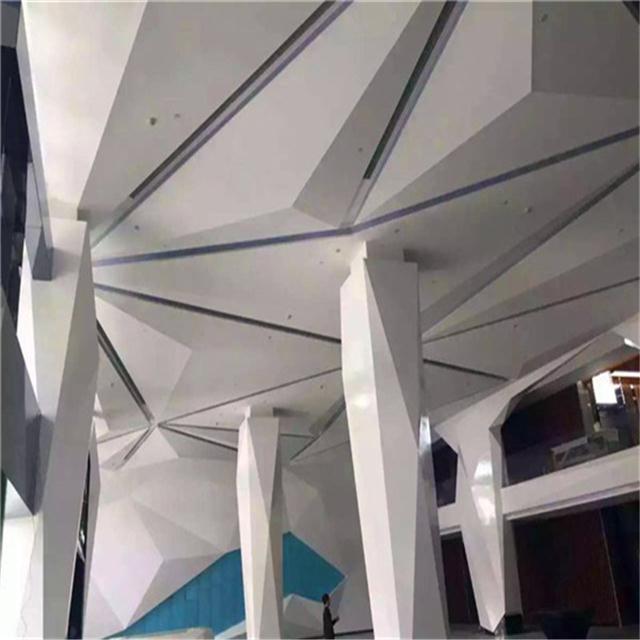
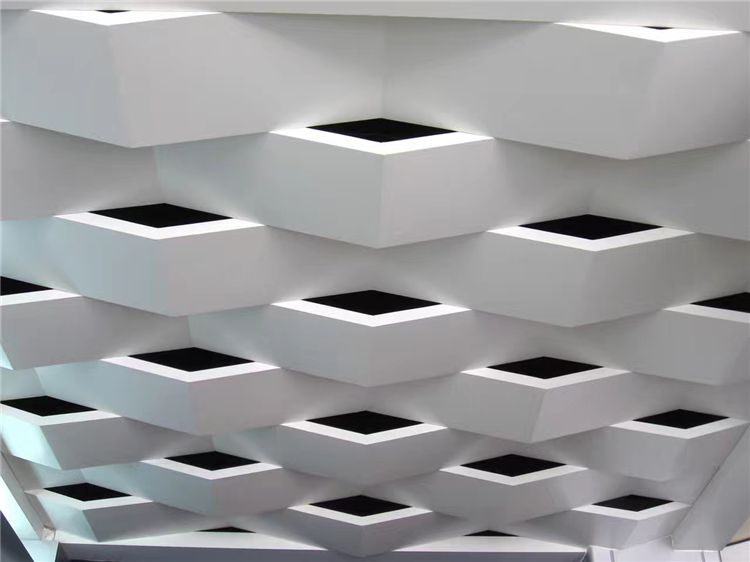
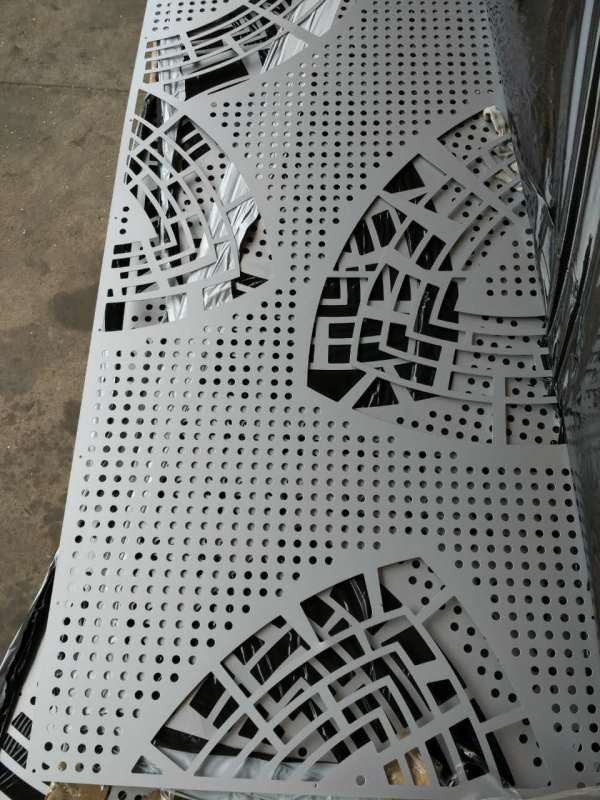
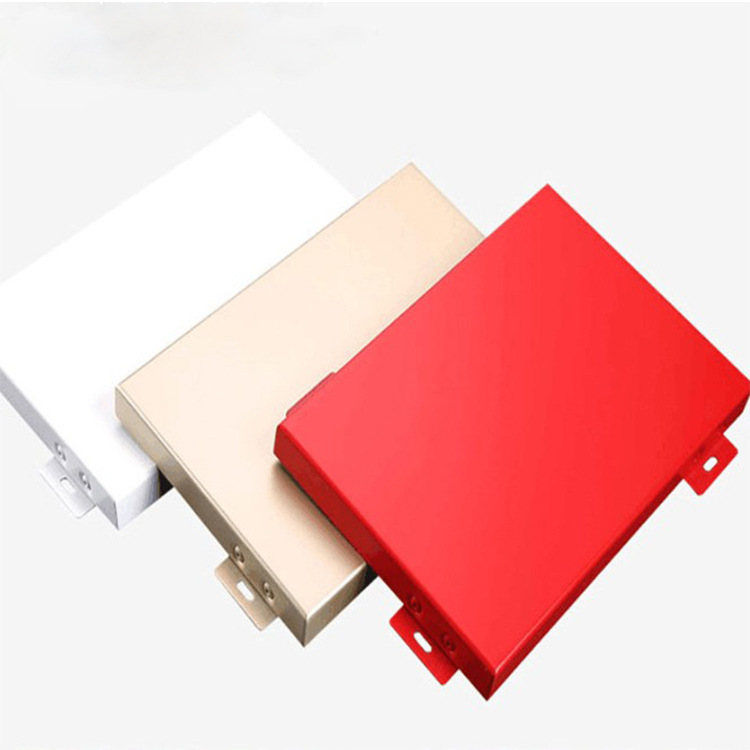
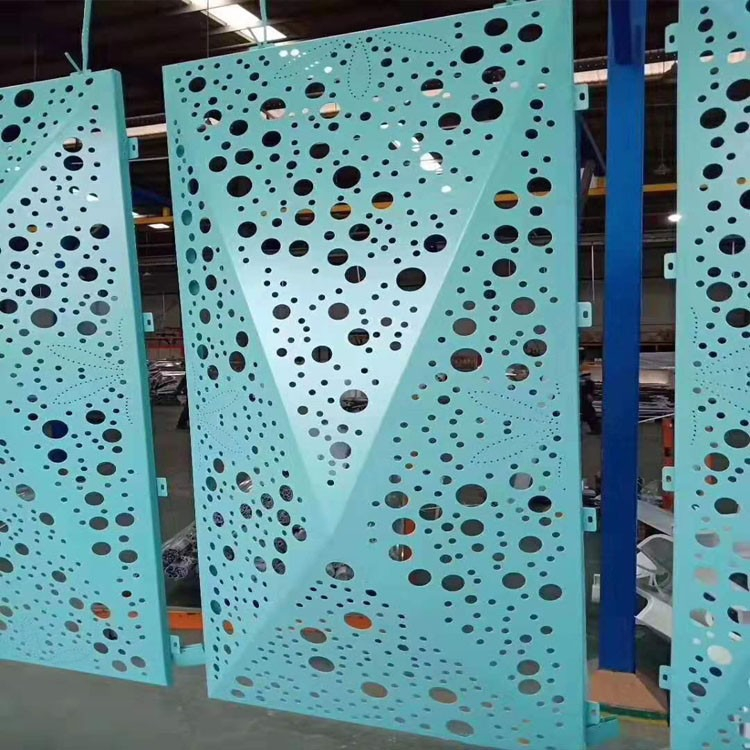
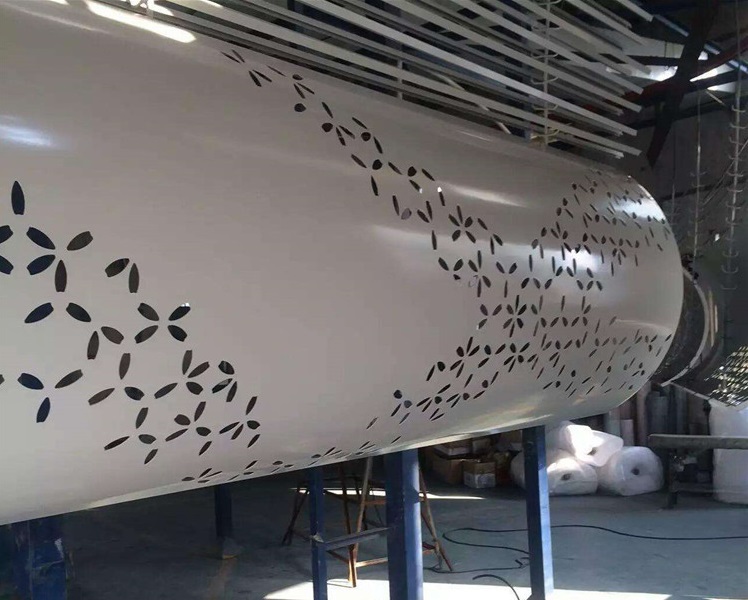
 Customer service QQ
Customer service QQ